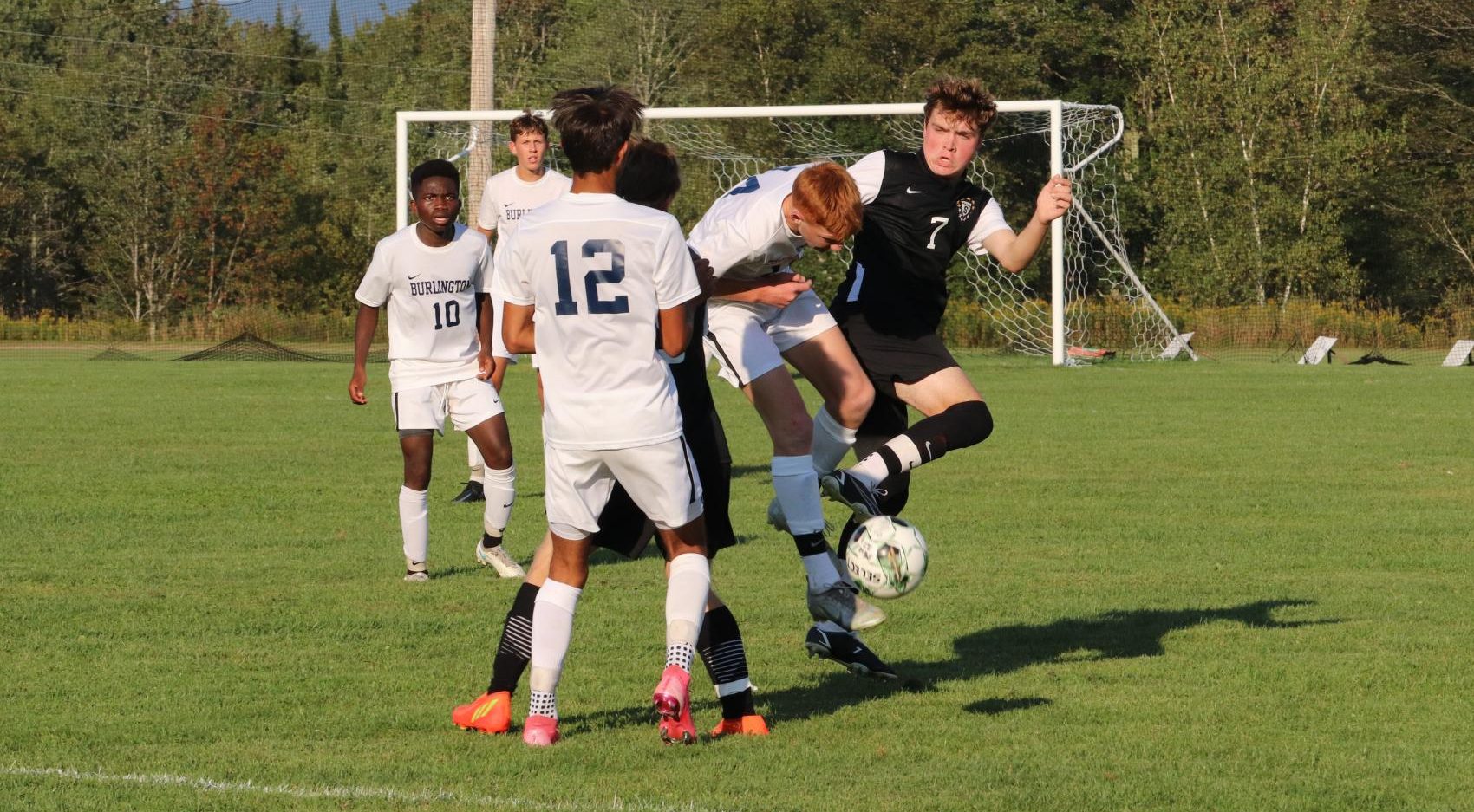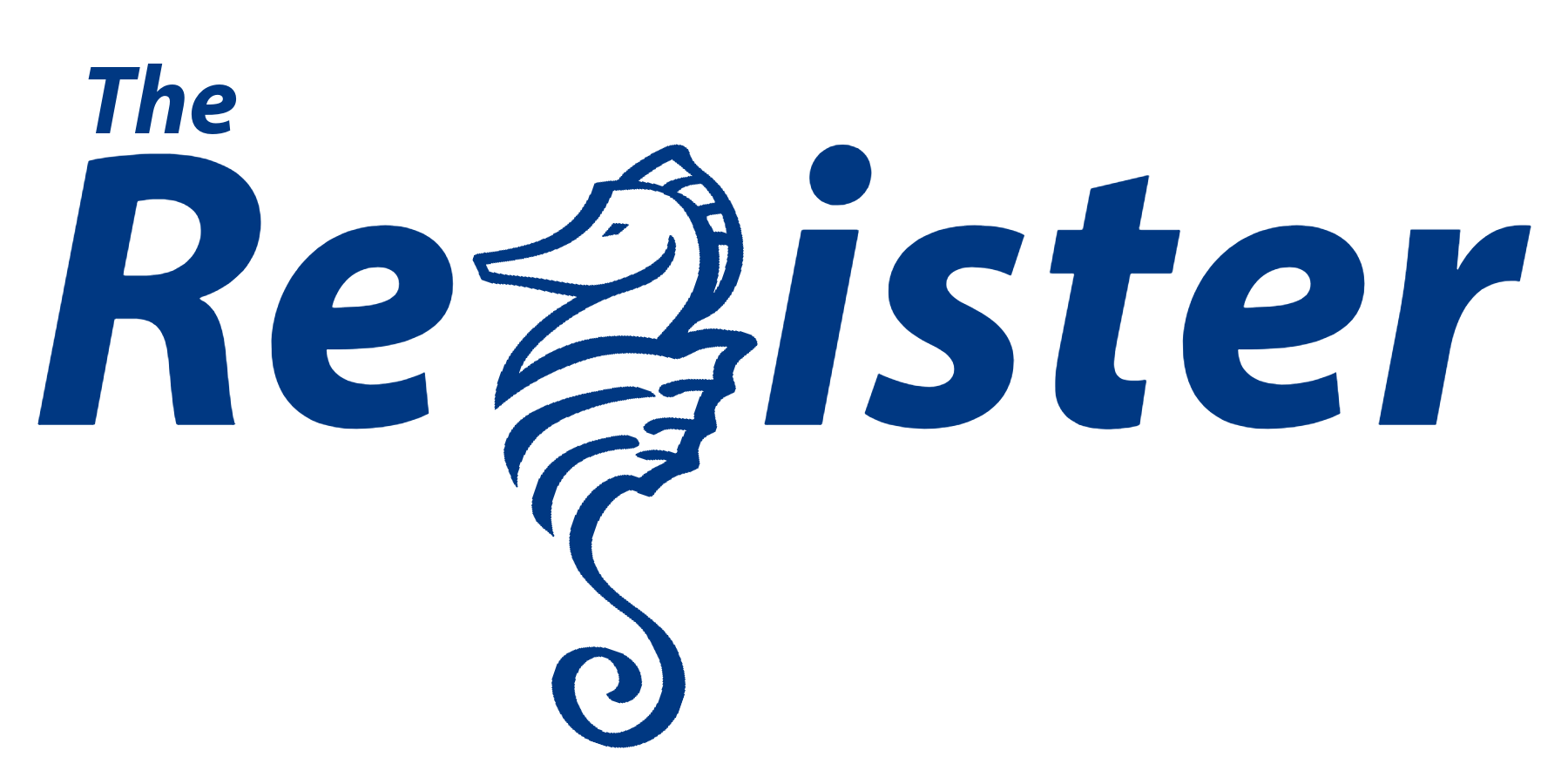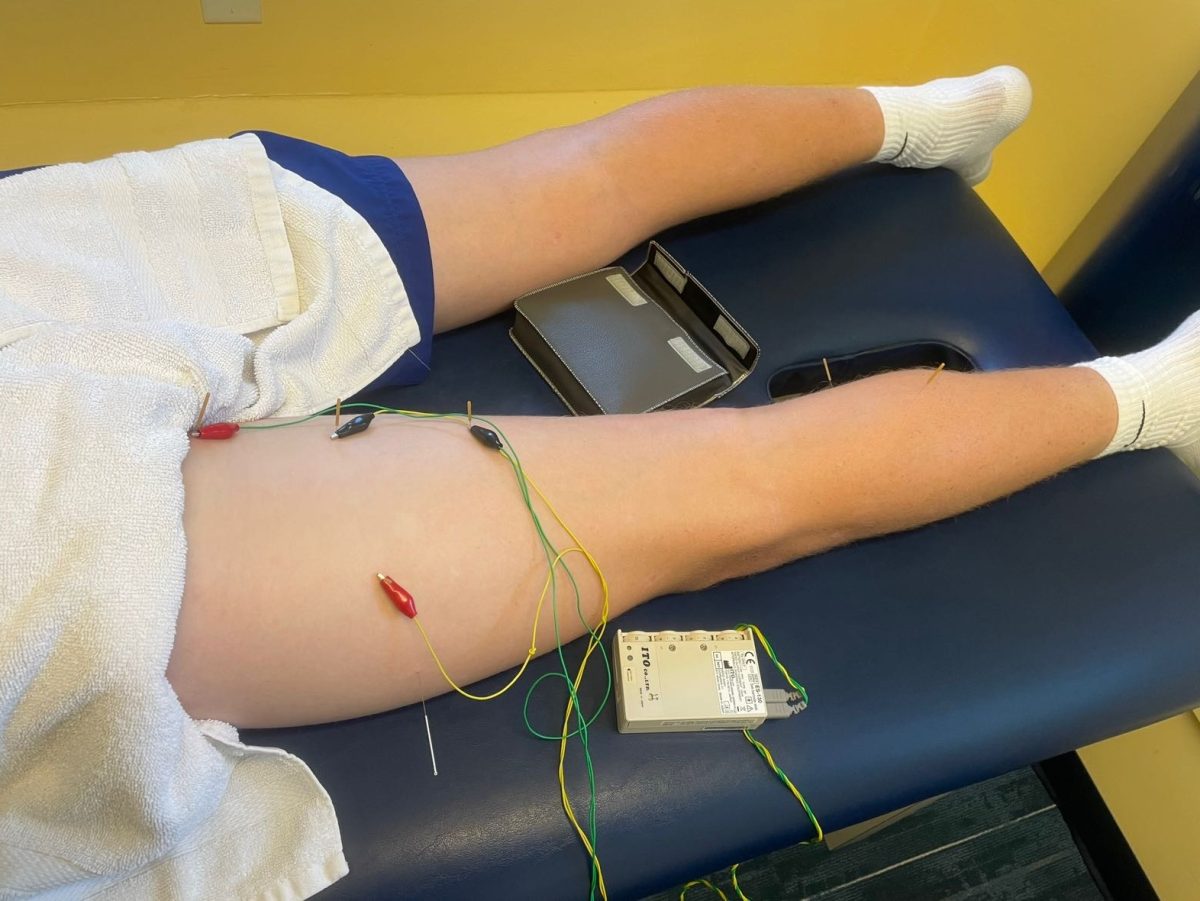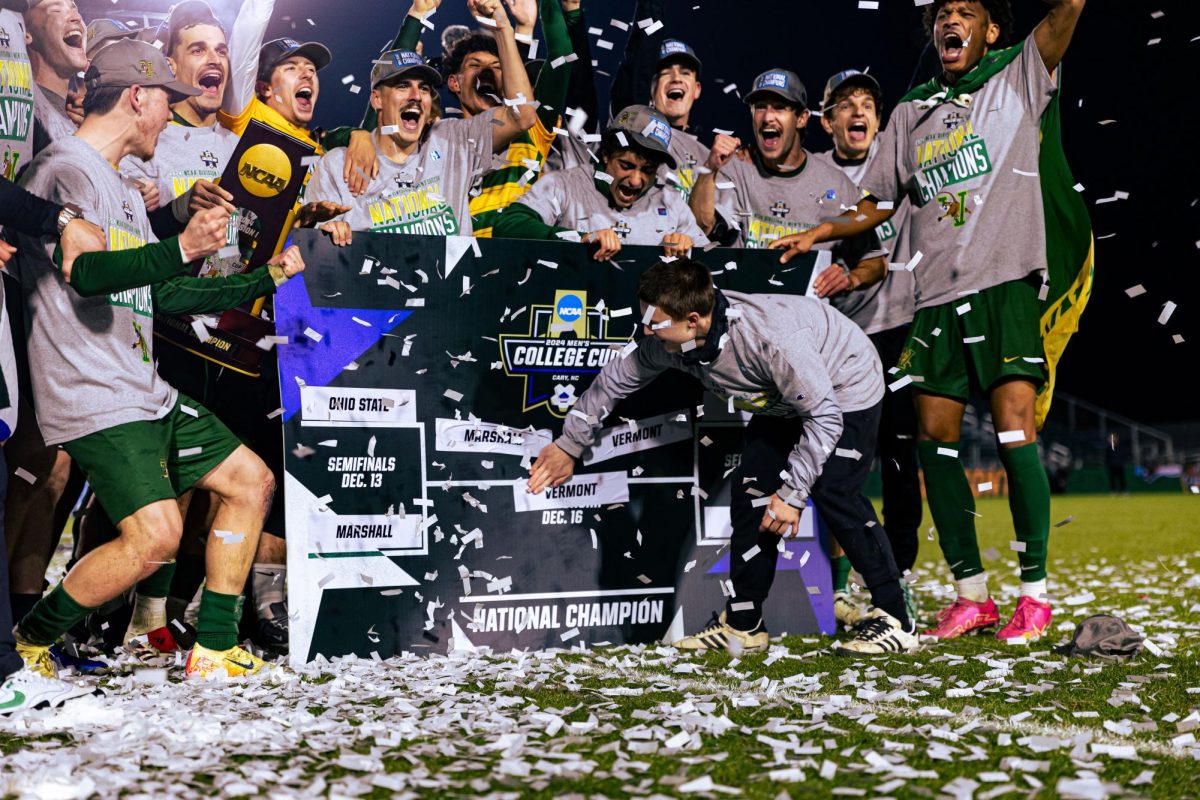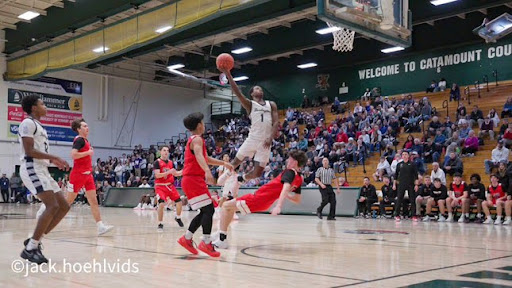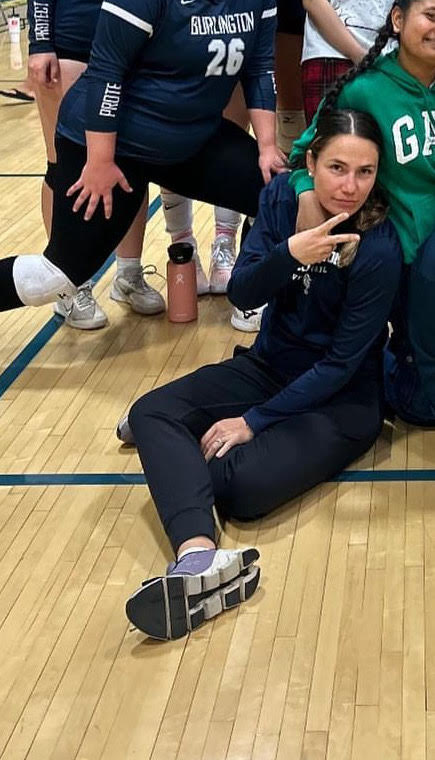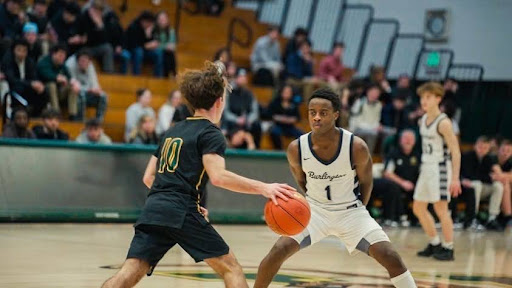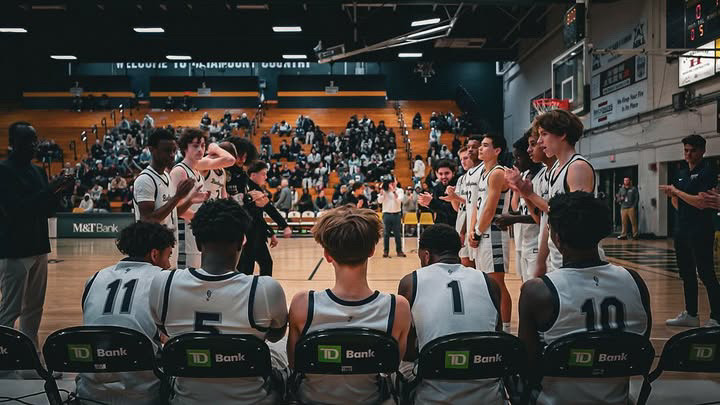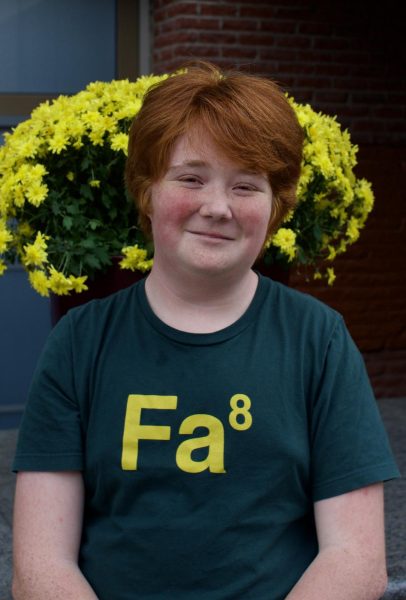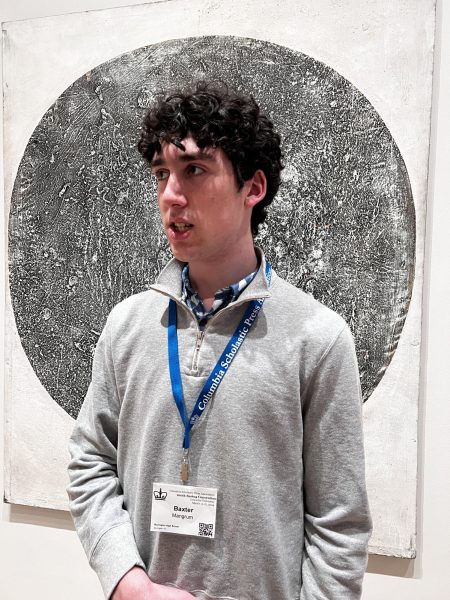In the summer, Fields Deshaw was playing soccer when his knee began to hurt. It turned out to be “apophysitis”, a stress injury in joints commonly caused by rapid growth and overuse.
“It’s like you grow too fast sort of thing, and work out too much, and [it] just causes your hip to get really inflamed and [you] can’t play on it,” Deshaw said. “You just got to rest for a certain amount of time.”
He missed his sophomore season.
“It was awful,” Deshaw said. “Your team plays without you and even if they’re winning, it’s not too fun because you’re still on the bench, but [if] they’re losing it’s even worse. Because you know you could probably help them out.”
Six months later, Deshaw was able to start practicing. His first day was January 15. On January 17 he re-injured his hip and “went back to square one.”
Deshaw is one of an estimated 5,228,791 students who get injured playing sports in America. According to the NCAA, injuries can cause or reveal serious mental health issues like depression and lead to substance abuse, eating disorders and more.
Sienna Pitts ‘25 plays field hockey and varsity girls’ basketball. She had an ankle fracture injury in field hockey which caused her to miss a season and this year she had a concussion during the basketball season.
“I think that it [mental health] went down a lot just because I was really excited for the season and really excited to play with my teammates,” Pitts said.
Another BHS athlete Quinn Vachereau ‘25 plays softball and field hockey. During her freshman year of field hockey, she suffered a season-ending toe injury.
“I [would] always show up to practice and I [would] support my teammates, but they [were] also very understanding,” Vachereau said. “They knew that I was injured and then when I was able to come back, if it continued to hurt, they weren’t pushing my injury.”
Varsity soccer coach Mukhtar Abdullahi was there throughout Deshaw’s recovery.
“It was hard [for him] not to play,” Abdullahi said. “You could see [it] on his face,”
Abdullahi says when there is an injury, the first thing is to know exactly what the injury is and then to ensure that everyone involved is on the same page with how to treat it. Then he says it’s important to make sure students know that you are looking out for their best interest. Abdullahi says that young players often will want to come back too early. With Field in particular, Abdullahi says he was “itching to go”.
“We really, really wanted him to be first taking care of himself,” Abdullahi said. And then only let him play again “when he was fully ready, when he got a doctor’s note, [when] parents [say it’s] okay – [when] he’s really good.’
Abdulahi said Deshaw was “that intelligent guy”, he waited until he was healed to play and he did a great job communicating with the team. Deshaw is now playing soccer for the Burlington Football Club and planning on taking a PT year after high school.
Perhaps no one was more excited to see Deshaw back than his coach.
“He looked amazing,” coach Abdulahi said. “I was so happy. I was like, “Oh my God! Yeah, I can smile. Like my mouth is stuck.”
